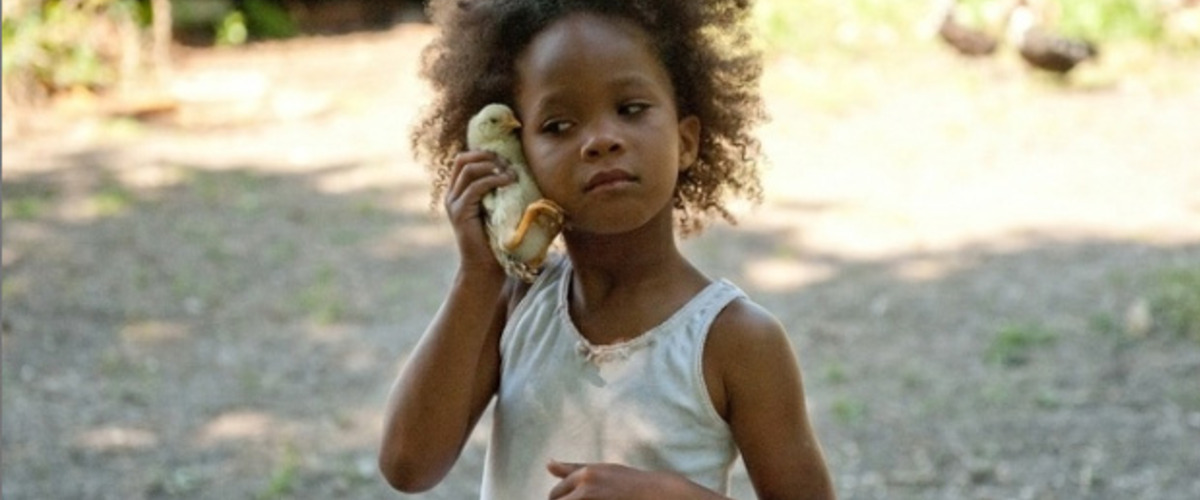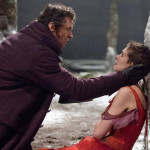“In a million years, when kids go to school, they’re gonna know once there was a Hushpuppy, and she lived with her daddy in The Bathtub.”
We could all learn a thing or two from the Hushpuppies of the world—the survivors, the beasts—living day-to-day by means of whatever scraps can be found out there in the crazy wilderness. But, “when you small, you gotta fix what you can.”
Benh Zeitlin, director of Beasts of the Southern Wild, takes us to a particular land down under, wayyy in southernmost Louisiana, separated by a mere wall’s blockade from the levy (and society!), also known as “The Bathtub.” A place that according to Hush Puppy’s father, has “more holidays than the rest of the world,” because these people, all unfortunate things considered, are pretty happy overall; everyday is a celebration of survival.
Hushpuppy and her father live “alone together,” so to speak; their “houses” sit side-by-side, hastily made contraptions barely held together, yet comfortable for them both—which, you gotta hand it to the girl, not too many six year-olds can say they have their very own house.
From the start of Beasts of the Southern Wild Hushpuppy is constantly acknowledging that her people are endangered: the water levels are a constant threat to the The Bathtub, and you really get to see the pain of experiencing this type of danger—being protected by virtually nothing—after a huge storm hits and “everything beautiful is gone.”
Miss Bathsheeba, The Bathtub’s schoolteacher, had warned the children way before that, “everything south of the levy is goin’ over. Y’all better learn how to survive, now,” and whose tattoo of aurochs (shown above) from the very famous Lascaux cave paintings discovered in southern France, represent a greater metaphor for the story that Ben Zeitlin told National Geographic:
“[The symbol of the aurochs] [evolve] over the course of the film. At the beginning, Hushpuppy’s relationship with nature is that she’s a morsel of food that’s going to be consumed by a larger force. The only way she understands death is a big thing eating a smaller thing—the food chain. All the things that are bigger than her and that have created her are being consumed by things bigger than them—her father being consumed by his illness, her home being consumed by storms and floods and saltwater intrusion and land loss. That violent relationship is the way she begins her understanding of nature.”
But just because of The Bathtub’s flooded tragedy, there certainly was, “no time to sit around like a bunch of pussies,” or so says Hushpuppy. And no crying!
A definite beast of her own six year-old kind, Hushpuppy wants her people’s southern world to go down in history, creating sort of her own personal narrative “mythology” throughout the movie, so that people will, “know once there was a Hushpuppy and she lived with her daddy in The Bathtub.”
Seeing the world of The Bathtub through these unimaginable experiences will make you fall in love with the oh so strong and courageous Hushpuppy, who might I add, is never not beastin’ it.
(photo via Roger Ebert)




